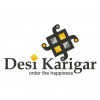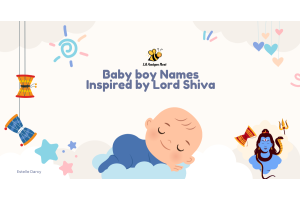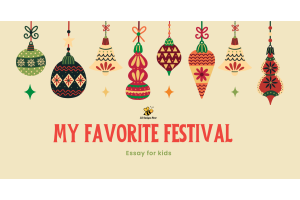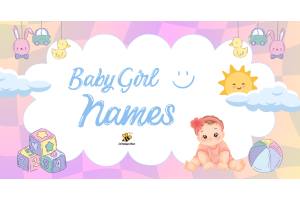Navratri Colors 2025: Day-wise Guide to Each Day
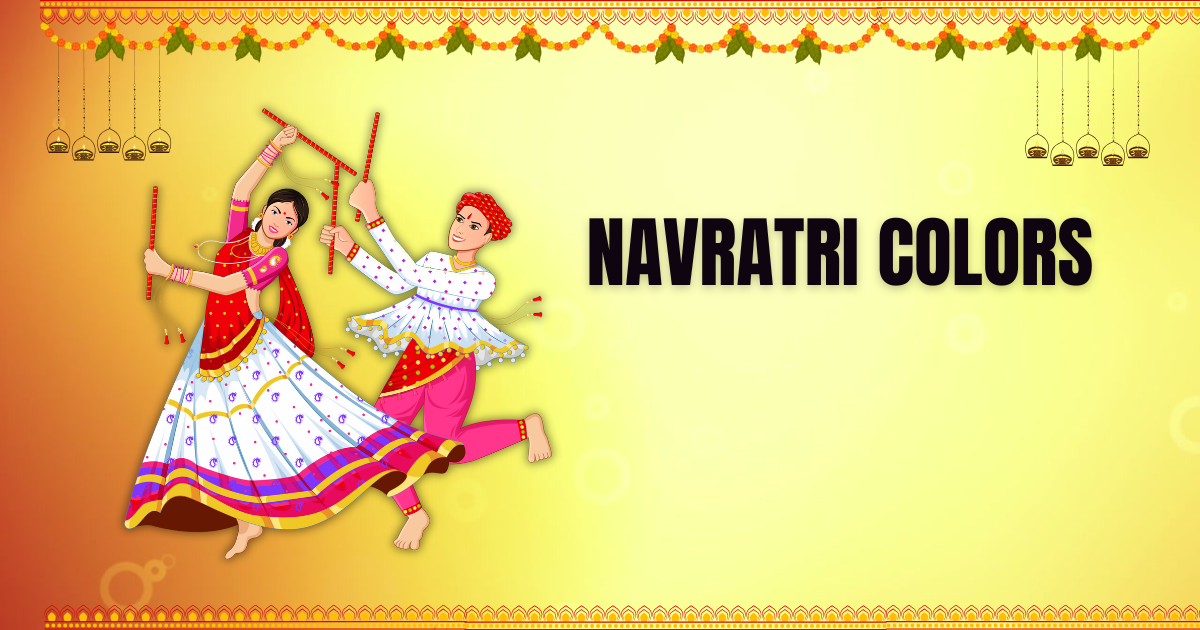
Navratri is a festival of devotion, rhythm, and color. If you are preparing for Navratri 2025, this guide explains the Navratri colors, why they matter, and the color of Navratri 2025 for each day. You will also find practical outfit tips, decoration ideas, and easy ways to make each day meaningful. Whether you follow tradition strictly or use the colors as a fun way to coordinate with family and friends, this post will help you plan the nine days with confidence.
People often search for terms like navratri, navratri colors, navratri 2025, navratri colors 2025, navratri days color, and color of navratri 2025 when they want answers that are simple and practical. This guide puts those answers at the top, with a day-by-day chart you can use for wardrobe planning, puja decoration, community events, or social posts. Read on to get a complete, easy to follow plan for Navratri 2025.
Why the colors matter
Colors are a visible way to mark the nine days. For many people each day is linked to a form of the goddess and specific qualities like courage, peace or wisdom. Wearing the day’s color is a small act of devotion. It helps people focus and feel connected during the ritual and the celebrations.
Colors also give a festival a shared look. At garba or dandiya nights, coordinated colors make the event feel unified and photogenic. If you are organizing a community celebration, sharing the day-wise colors in advance helps everyone plan and join the mood of the day.
Important note about regional differences
Navratri color charts vary from region to region. Many communities have their own established lists, and temples sometimes publish an official chart for local followers. Use this guide as a widely followed option that works across many communities, but if your family or local temple follows a different list, follow their version. The goal is to celebrate with intention, not to compete over which chart is "right."
Day-by-day Navratri Colors 2025 (Commonly followed chart)
Below is a commonly used day-wise chart for Navratri. Each day shows the color, the symbolic meaning, outfit suggestions, and simple decoration tips you can use for Navratri 2025.
Day 1 — Royal Blue / Peacock Blue
Meaning: Calm strength, focus, and depth. Royal blue signals the start of the spiritual journey.
Outfit ideas: Choose a royal blue sari, kurta, or dress. Men can wear a blue kurta with neutral bottoms. Add silver or oxidized jewelry for contrast.
Decoration tip: Use blue fabric backdrops for the altar and add silver diya holders or white flowers for balance.
Food/prasad idea: Blue might not be a common food color, so keep the prasad traditional, like fruits and dry sweets.
Day 2 — Yellow
Meaning: Joy, brightness, and learning. Yellow brings energy and optimism.
Outfit ideas: Yellow sarees, kurtas, or salwar kameez. Match with gold jewelry or wooden beads for a festive look.
Decoration tip: Marigold garlands, sun motifs in rangoli, and yellow cushions make the space lively.
Food/prasad idea: Kesari, ladoo, or sweet dishes with a saffron or turmeric touch.
Day 3 — Green
Meaning: Growth, renewal, and harmony. Green connects to nature and healing.
Outfit ideas: Green lehengas, kurtis, or simple green dupattas. Pair with cream or gold accents.
Decoration tip: Add potted plants, fresh leaves, and green rangoli patterns.
Food/prasad idea: Fresh salads, green chutneys, or sabudana dishes garnished with coriander.
Day 4 — Grey or Orange (regional variation)
Meaning: Grey stands for balance and calm; orange stands for courage and transformation. Many communities choose one or the other.
Outfit ideas: For grey, select textured fabrics and metallic accessories to keep it festive. For orange, choose bright, saturated shades and pair with maroon or brown.
Decoration tip: Grey looks good with metallic accents and candles. Orange suits marigold, and red flower arrangements.
Food/prasad idea: Pumpkin preparations or carrot halwa work well for orange theme days.
Day 5 — Orange or Pink (regional variation)
Meaning: Orange brings energy and enthusiasm. Pink is warmth and affection. Both are commonly used depending on local tradition.
Outfit ideas: Bright orange sari or soft pink dress, matched with kundan or pearl jewelry, respectively.
Decoration tip: Use orange lamps and pink flowers as per the chosen color.
Food/prasad idea: Sweet carrot or pumpkin desserts for orange; rose or pink colored mithai for pink.
Day 6 — White
Meaning: Purity, calm, and clarity. White invites peace reflection.
Outfit ideas: White kurtas, sarees, or salwar suits. Add colorful dupattas or simple jewelry to keep it festive.
Decoration tip: White candles, jasmine garlands, and simple rangoli designs work well.
Food/prasad idea: Kheer, coconut sweets, or simple milk-based prasad.
Day 7 — Red
Meaning: Power, devotion, and protection. Red is traditionally linked to the goddess’s fierce form.
Outfit ideas: Red lehengas, sari, or kurta with gold embroidery. Red with beige or black can tone down the intensity while staying festive.
Decoration tip: Red cloth on the altar, red flowers such as roses or hibiscus.
Food/prasad idea: Beetroot halwa or red fruit salads.
Day 8 — Royal Blue or Purple (regional variation)
Meaning: Dignity, wisdom, and devotion. Purple and deep blue carry a regal mood appropriate for nearing the festival’s end.
Outfit ideas: Rich purples or deep blues in silk or brocade. Velvet or embellished fabrics add elegance.
Decoration tip: Deep drapes and soft lighting create a royal atmosphere.
Food/prasad idea: Rich, festive sweets like dry fruit laddoos.
Day 9 — Sky Blue or Bright Yellow (regional variation)
Meaning: Celebration, victory, and blessings. The final day is joyful and triumphant.
Outfit ideas: Cheerful sky blue or bright yellow outfits. Choose bold patterns or festive prints for the final day.
Decoration tip: Use string lights, colorful garlands, and plenty of flowers to celebrate.
Food/prasad idea: Festive thalis, mixed fruits, and special sweets to mark the conclusion.
How to follow the colors if you do not have nine outfits
You do not need nine full outfits to follow the color chart. Here are practical options:
-
Use accessories: Dupattas, stoles, bangles, or jewelry in the day’s color work well.
-
Swap a single piece: One base outfit with different dupattas or stoles can give nine looks.
-
Mix and match: Combine neutral bottoms with colored tops to reduce purchases.
-
Coordinate with family: Choose one or two standout colors and let others match with smaller items.
-
Rent or borrow: For special nights, consider renting or borrowing one outfit.
Decoration and rangoli ideas by color
Decoration does not need to be complicated. Small, focused touches bring the color to life.
-
Royal Blue day: Blue fabric backdrops, silver diyas.
-
Yellow day: Marigold strings, yellow cushions.
-
Green day: Live plants and eco-friendly decor.
-
Grey/Orange day: Grey runners and orange floral accents.
-
White day: White candles, jasmine garlands.
-
Red day: Red cloth on altar and red floral displays.
-
Purple day: Velvety drapes and warm lights.
-
Final day: Lights, multi colored garlands, and celebratory decor.
Food and prasad ideas that match the color theme
Matching food by color is optional but fun. Use small touches to match the day:
-
Yellow: Saffron or kesari sweets.
-
Green: Chutneys, coriander garnishes.
-
White: Kheer or coconut sweets.
-
Red: Beetroot or pomegranate garnishes.
-
Orange: Carrot halwa or pumpkin sweets.
Small garnishes or serving bowls in the day’s color can give the meal a themed look without changing recipes.
Social media caption ideas for Navratri 2025
If you want to post daily, here are short caption templates. Customize them to your voice.
-
Day 1 Royal Blue: “Starting Navratri 2025 with calm strength. #Navratri #NavratriColors”
-
Day 2 Yellow: “Sunshine and new energy. Happy Navratri! #NavratriDaysColor”
-
Day 3 Green: “Growth and renewal today. #NavratriColors2025”
-
Day 6 White: “Peace and purity on day six. #Navratri2025”
-
Day 9 Sky Blue: “Final day blessings and joy. #NavratriColors”
Keep captions short and add relevant hashtags like #Navratri2025, #NavratriColors, #NavratriDaysColor.
Planning tips for a smooth Navratri 2025
-
Make a color chart: Write down each day and the color next to it. Share with family and guests.
-
Plan outfits early: Order or prepare dupattas and accessories well before the festival.
-
Comfort is key: If you dance at garba, choose breathable fabrics and comfortable footwear.
-
Coordinate, do not force: Encourage guests to participate, but accept those who prefer not to follow the color strictly.
-
Print a simple flyer: For community events, a one-page flyer with the day-wise colors avoids confusion.
FAQs about Navratri colors
Q: Are Navratri colors fixed across India?
A: No. Different regions and communities have their color charts. Use the version your family or local temple prefers.
Q: Can I adapt the colors for modern styles?
A: Yes. You can follow the spirit of the day and choose modern cuts, prints, or accessories in the day’s color.
Q: Where can I confirm the exact color list for Navratri 2025?
A: Check with your local temple, family elders, or community organizers who publish the day-wise list.
Q: Is it necessary to wear the assigned color?
A: No. Many people follow the colors as a devotional practice or for fun. It is not mandatory.
Printable checklist (quick reference for Navratri 2025)
Day 1: Royal Blue
Day 2: Yellow
Day 3: Green
Day 4: Grey / Orange
Day 5: Orange / Pink
Day 6: White
Day 7: Red
Day 8: Royal Blue / Purple
Day 9: Sky Blue / Bright Yellow
(Adjust this list if your community follows a different chart.)
Navratri brings nine days of devotion, music, and color. Using a day-wise color plan helps you focus, coordinate, and celebrate with intention. For Navratri 2025, choose the palette that resonates with your family and community. Follow tradition where it matters to you and adapt where it makes sense. The colors are tools to deepen your experience, not rules to worry over.

